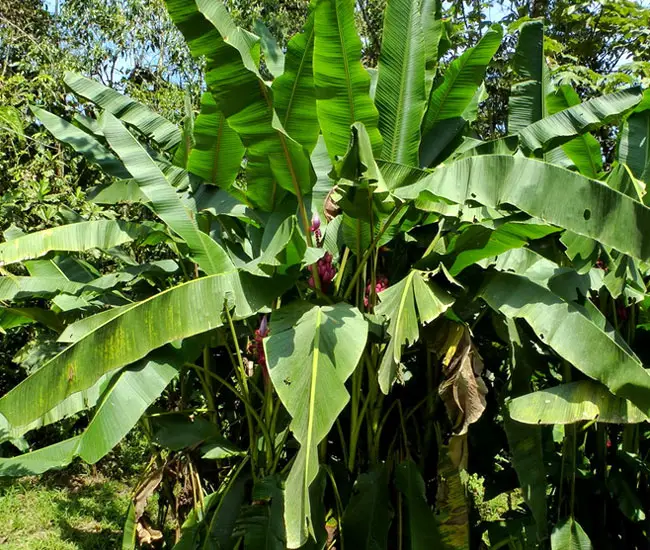
The Banana Palm Tree, scientifically known as Musa, is a tropical plant native to Southeast Asia. It’s known for its large, broad leaves and delicious “banana” fruit.
The bananas grow in clusters, starting green and ripening to yellow, red, or purple. They are rich in vitamins, minerals, and fiber, making them a popular snack.
Banana plants thrive in warm, sunny climates with well-drained soil and can reach heights of 10 to 30 feet. Once they bear fruit, the main plant typically dies, but new shoots emerge to continue the growth cycle.
These plants are valued for their fruit as well as their ornamental appeal in gardens and landscapes.
Quick Facts:
| Scientific name: | Musa SPP |
| Common names: | Banana Palm, Banana Tree, Plantain Tree, Plantain Palm. |
| Origin: | Native to Southeast Asia. |
| Growth Rate: | Moderate to Fast |
| Cold Tolerance: | USDA Zones 8b (15 – 20 F) to 11 (above 40 F). |
| Light Req: | Full sun to Partial shade. |
| Water Req: | Moderate. |
| Soil Req: | Widely adaptable |
| Fruit: | Called “banana”. Yellow. Edible. |
| Propagation: | propagated by pups. |
Banana Palm Appearance
This fast-growing palm boasts large, green leaves that measure 4-6 feet in length and 2 feet in width. These leaves are connected to the trunk by short stems. Unlike traditional trees, the Banana Palm doesn’t have a singular trunk; instead, it features a clustered, cylindrical collection of leaf stalk bases.
Each palm typically bears around 7-15 oblong leaves with leaf veins that run straight from the mid-rib to the outer edge of the leaf. In windy conditions, the leaves tend to tear along the veins, giving them a feather-like appearance.
Flowers and Fruits of the Banana Palm
The inflorescence of the Banana Palm consists of a long-oval purple bud that grows upright above the last leaves. As the bud opens, clustered white flowers emerge in whorled double rows along the floral stalk.
The palm produces unisexual flowers, which are followed by deep green fruits that eventually turn either yellow or red, depending on the variety, as they ripen.
These fruits range in size from 3 to 12 inches in length and 1/5 to 2 inches in width. Bananas begin forming in the summer and continue to ripen until March of the following year.
It typically takes fruits around 100-120 days to reach harvest maturity after the opening of the flower. Bananas are edible and have a sweet taste when ripe.
Caring for the Banana Palm
Musa plants can reach heights of 10 to 20 feet and widths of 1 to 5 feet. They make great houseplants when provided with sufficient water and light.
The Banana Palm is cold-hardy and can withstand temperatures as low as 15°F. It is suitable for cultivation in USDA Zones 8b (where temperatures drop to 15-20°F) to 11 (where temperatures remain above 40°F).
This plant requires a moderate amount of watering but thrives in well-drained soil, preferably with an acidic pH. It’s easy to maintain, and applying a high-quality palm fertilizer with a continuous-release formula twice a year during the growing season is recommended.
The most significant issue that Banana Trees face is Panama wilt. However, with proper fertilization and care, they generally remain healthy and low-maintenance.
Banana Trees are propagated by pups.
Banana Palm Pictures
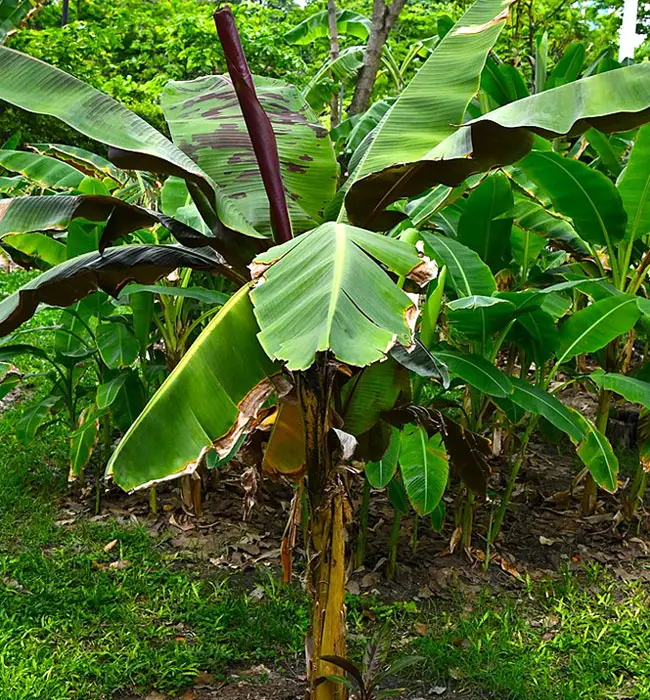
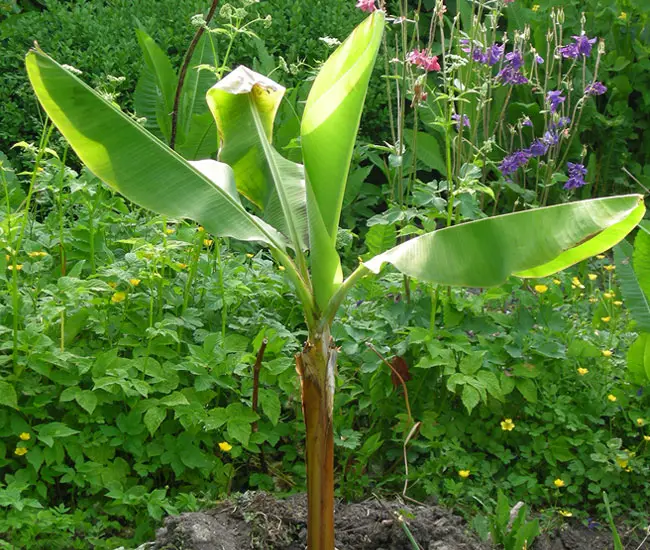
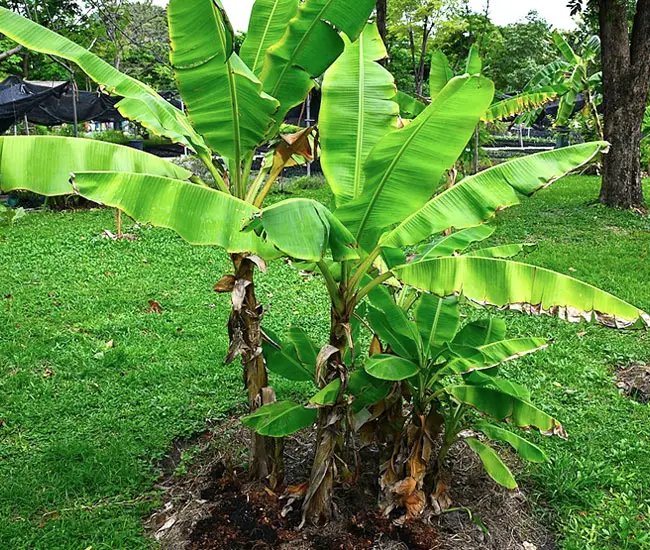
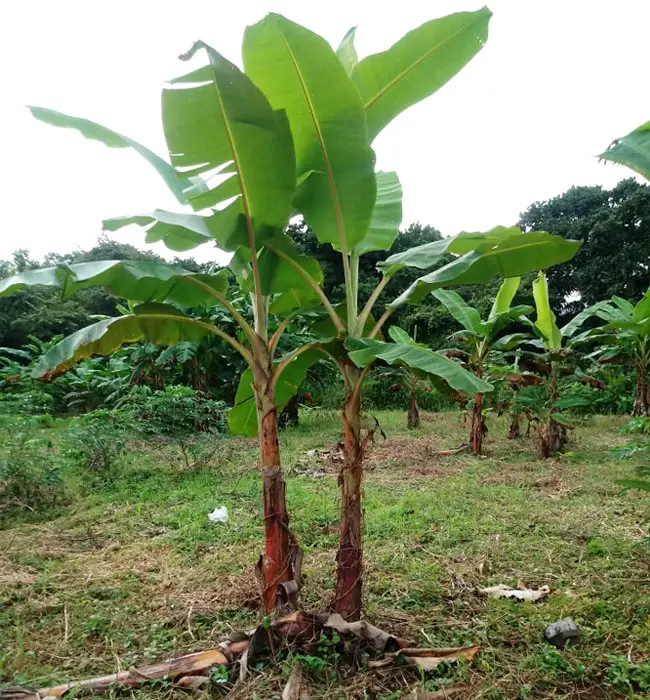
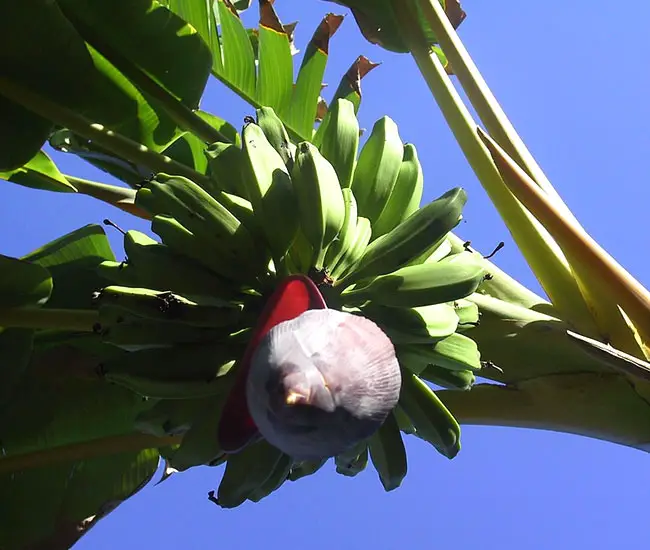
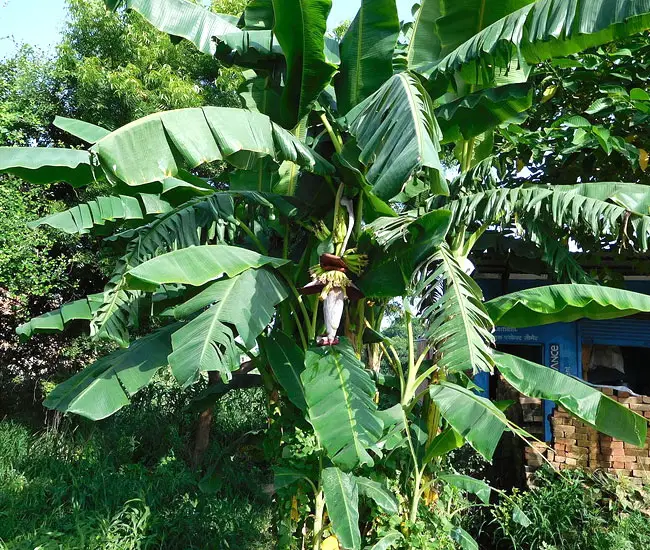
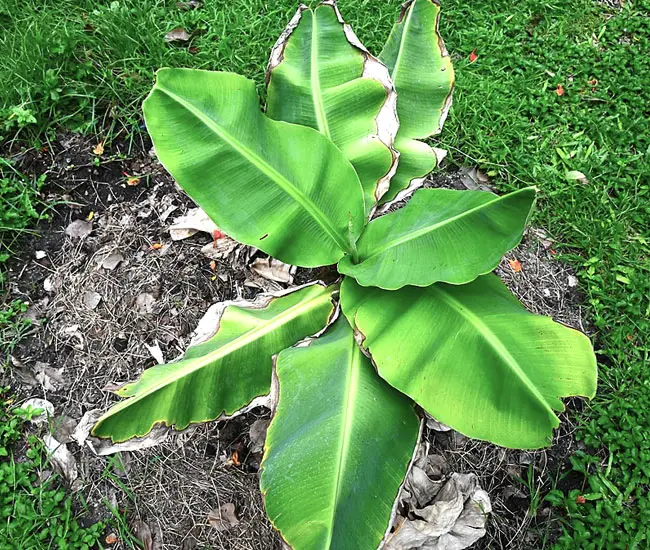
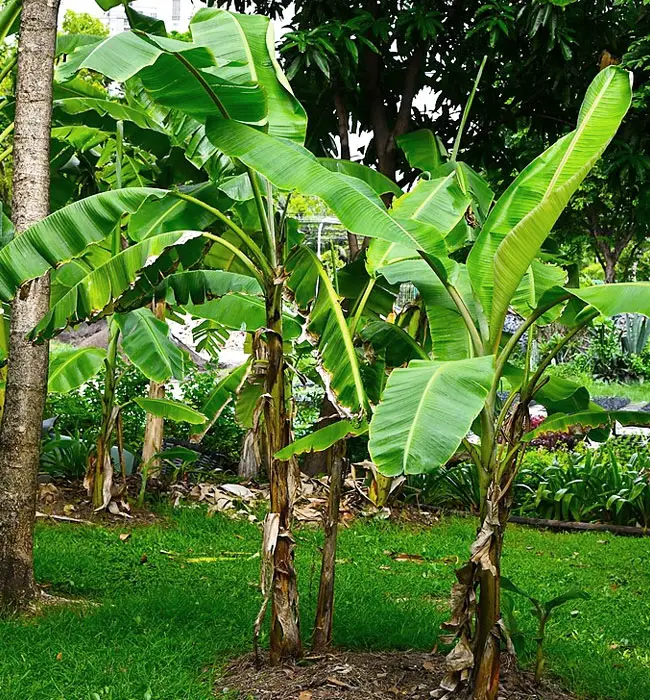
More information can be found on UF and Floridata sites.

can i grow any palm trees in extreme southern il with proper care?
It’s a very informative and interesting site about all veraitty of palm trees
Bananas are to my knowledge not a seasonal fruit as mentioned in the article, but produce flowers and fruit all year round.
Also, bananas are edible – not editable!